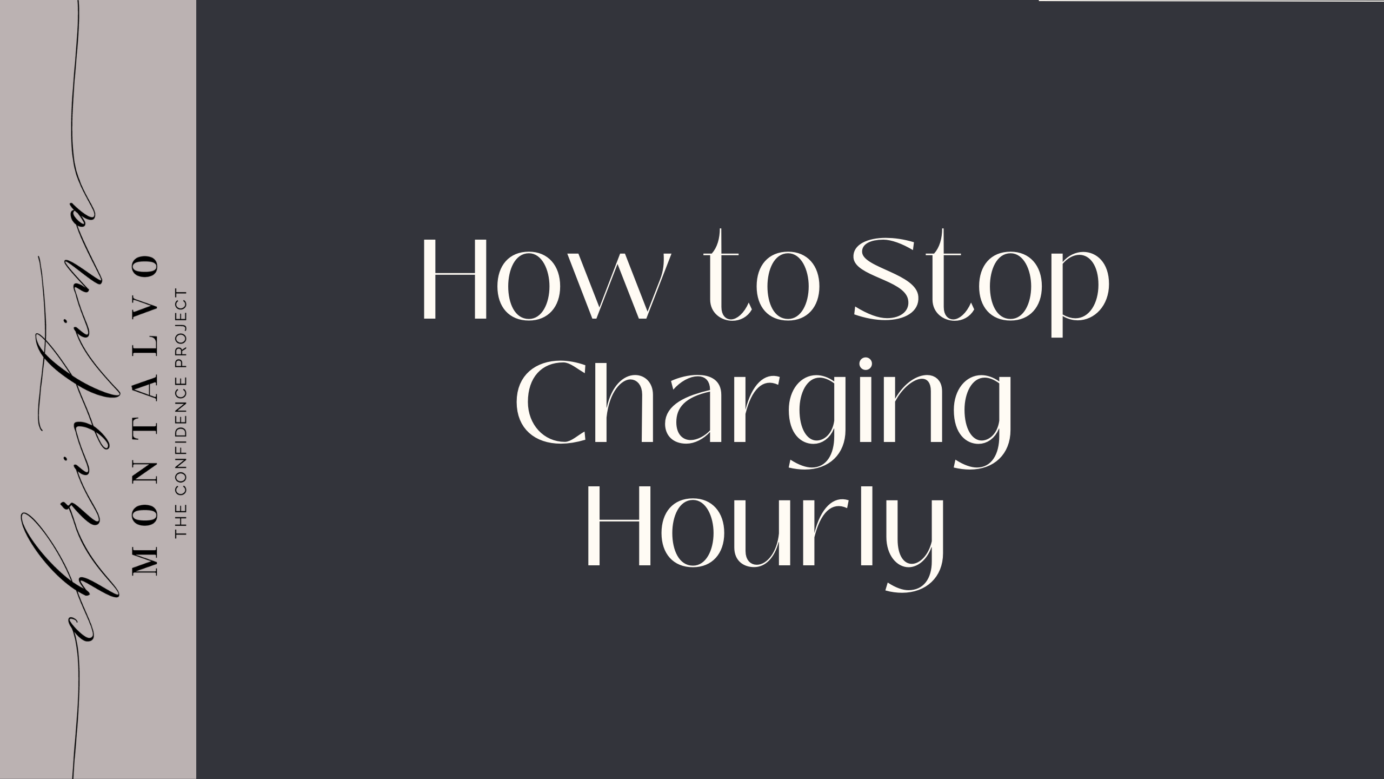I remember the panic of a client cancelling their session very well.
Early 2013, I was still charging hourly. Each client would pay for their session, usually in cash, at the time of each session.
That meant my income was at the mercy of my clients’ consistency.
It was brutal.
Late 2013, I switched to packages & began requiring signed contracts with 3-month minimum commitments.
Clients committed to either 1x, 2x, or 3x per week and paid a respective monthly fee for each tier.
While it felt great to receive monthly payments instead of per-session payments, I still ran into cash-flow issues.
The client contract indicated that each client would receive x-number of sessions per payment and per agreement cycle.
If a client took 15 weeks to get through 12 sessions, so be it.
Then I added contract expirations. The client had 12 weeks to complete 12 sessions, for example.
This worked… for a bit.
If a client had to cancel, that meant that at some point within the 12 weeks, I’d have to squeeze them in an extra day during any given week. This seemed to work well until my business began to grow.
What used to be an indefinitely wide open and flexible schedule became booked up with clients.
If Sheri was only available at 9am during the week to reschedule her previously cancelled session, but if all my 9ams were booked up, I either had to work on Sunday (my one day off) or unofficially extend her contract and delay my next monthly payment by at least one extra week.
It was a logistical and financial nightmare.
If this sounds like what you’re dealing with inside your personal training business, here is what I did that changed the trajectory of my business:
Any numbers used are examples and not part of some magical success equation.
___________________________________________________________________
Clients continued to work with me with 3-month commitments at a time. Within each 3-month commitment period, clients could choose to see me 10, 15, or 20 times. The contract stated that they would make 3, consecutive monthly payments on a payment schedule. Payment 1 would fall on x-date, payment 2 on x-date, payment 3 on x-date. They could also save a few bucks by paying in full for the entire contract at once. The contract had a hard expiry date. As of x-date, the client needed to make another payment and sign another contract in order to have more sessions with me- no exceptions.
I didn’t realize at the time how important it was to not see clients outside of the contract-expiration. Legally, if they were to get injured on my watch and they were on a technically expired contract, I’d have less legs to stand on in court, god forbid if I were to get sued. (This never happened to me, but you do not want to leave yourself open for liability… ever.)
The goal was to have the contract expire a few weeks after the client would “need it to”, if they didn’t have to cancel or reschedule a session for any reason.
I explained it like this:
“You’re paying for 10 sessions, but you’re really getting 12. If you come to all 10 sessions, great! If you don’t cancel or reschedule any sessions, you get 2 sessions for free- to use during week 11 and week 12. This means you can cancel up to 2 sessions over the next 12 weeks and not “lose” anything. This also means you are being rewarded for your consistency.”
If a client was signing up for 15 or 20 sessions, it was similar verbiage:
“You’re paying for 20 sessions to be used in 12 weeks, averaging 2x per week, but you’re really getting 24. This means you’re getting 4 free sessions. This also means you can cancel up to 4 sessions at no loss to you- but there are no refunds or prorates for any unused sessions due to client cancellation for any reason.”
______________________________________________________
What this did was allow my business to function like a membership model.
Instead of allowing your income to vary month-to-month based on client consistency, a membership model like this
can allow you to have more visibility over your income. When it comes to building a savings account, planning for retirement, and being able to live your life using your business income, knowing what money is coming in is a vital requirement.
____________________________________________________


